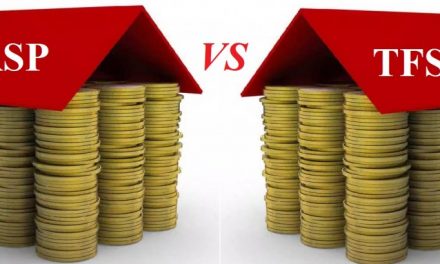February 29, 2016 is the RRSP deadline – have you made your contributions for 2015? A lot of people are left scrambling to make their final RRSP contributions at the last minute, but if you’re well-organized you should already be making contributions throughout the year. This is just one of the examples of mistakes you may be making with your retirement portfolio. Here are three more costly RRSP mistakes to avoid.
Mistake 1: Over-Contributing
Over-contributing to your RRSP can be a costly mistake. The Canada Revenue Agency gives you some leeway, letting you over-contribute by $2,000, but if you go over that amount you’ll face a stiff penalty of one percent per month. To avoid over-contributing, pay special attention to the amount of unused RRSP contributions (you can find this near the bottom of the notice of assessment you receive after filing your taxes).
Mistake 2: Reporting RRSP Contributions on a Calendar Basis
If you’re reporting your RRSP contributions on a calendar basis (January 1st to December 31st), you’re reporting it wrong. When filing your taxes, you’re supposed to report RRSP contributions from the day following the prior year’s RRSP contribution deadline (at the beginning of March) to the RRSP deadline in the current year (the end of February/March). For example, when filing your taxes for 2015, you’re supposed to report RRSP contributions made between March 3, 2015 and February 29, 2016. If you made any RRSP contributions in the first 60 days of the year, you should receive a separate tax slip. Be sure to include it when filing your taxes.
Mistake 3: Being Overly Cautious With Your Investments
After a rough start to 2016 in the stock market, it should come as no surprise some people are deciding to take the safe route and get out of the equity markets all together. There are other ways to protect yourself besides investing solely in fixed income (we discussed Tactical Asset Allocation in a previous blog post). You can actually end up hurting yourself more than helping yourself by being overly cautious. By investing solely in GICs and bonds, you’ll be hard-pressed to keep up with the inflation rate. That means your money and purchasing power could be shrinking. In most cases, you’re far better off with a well-balanced portfolio.
Mistake 4: RRSP Loans
RRSP loans can make sense when you can pay back the money borrowed almost immediately with the tax refund. You can run into problems if you get in the habit of relying on RRSP loans each year to contribute to your RRSP. A good rule of thumb is, if you can’t payback the RRSP loan within a year, it’s best not to take it out (don’t forget, interest on an RRSP loan is not tax deductible). Follow the advice in the Wealthy Barber and pay yourself first. Contribute a set amount off of your paycheque towards your RRSP. For example, if you’d like to contribute $3,000 per year, divide that amount by 24 (assuming a semi-monthly pay period) to figure out the amount to deduct off of your paycheque ($125 in the above example).
If you’re making one or more of these RRSP mistakes, feel free to contact our office. We can sit down with you and help you avoid these costly mistakes going forward to help your retirement savings grow faster.









